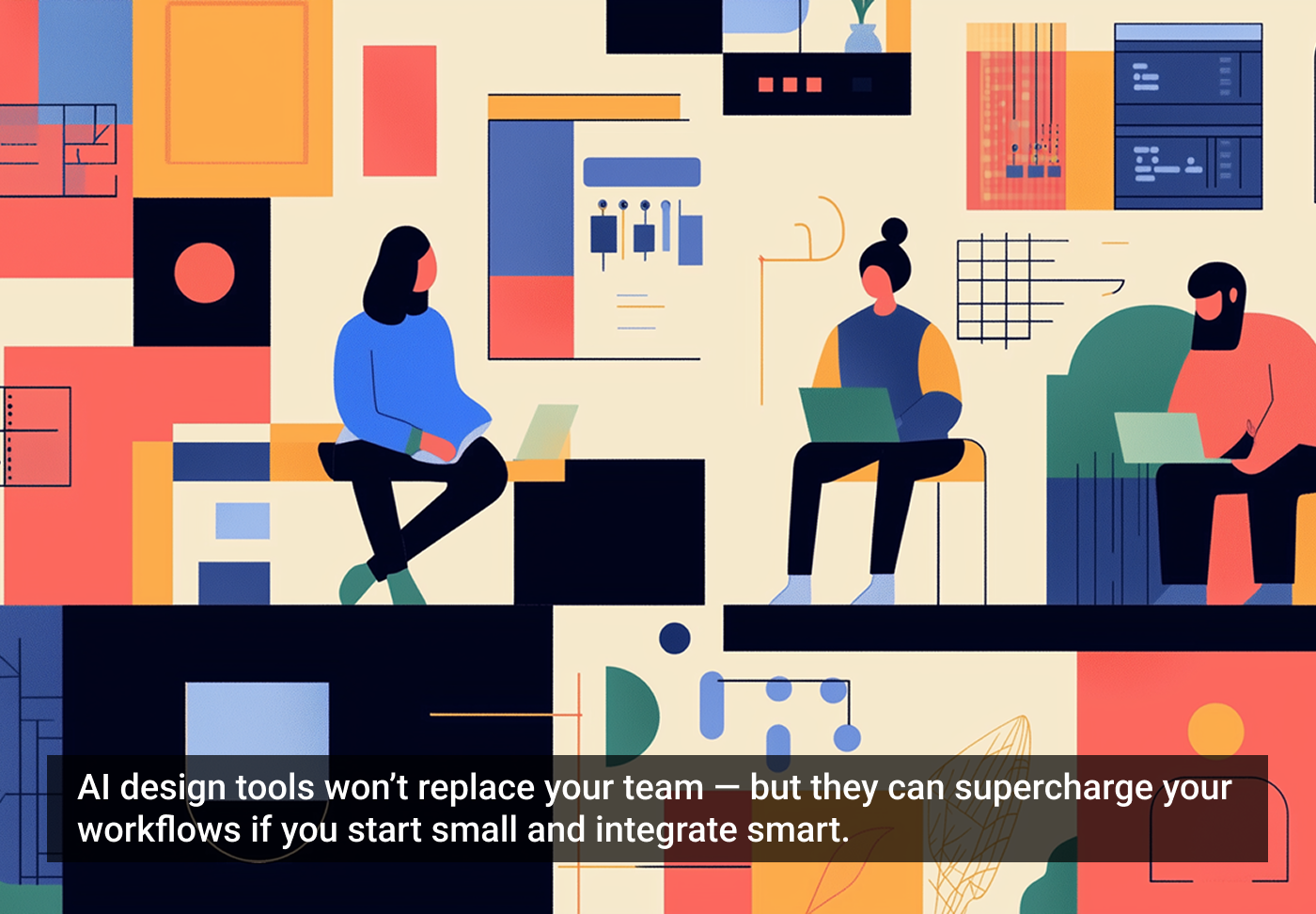
"AI-powered tools no longer require design artifacts to be built from scratch. Usable layouts can be generated in minutes, enhancing team collaboration."
"AI tools now deliver clickable, testable outputs that feel like real prototypes, supporting rapid iteration and early exploration in design processes."
"Currently, outputs from AI tools aren't production-ready. They provide a foundation for refinement but need to align with business systems to be effective."
"The proliferation of AI-powered design tools necessitates evaluation of their integration with existing workflows, focusing on collaborative and structured design environments."
AI design has transitioned from novelty to an essential aspect of modern design practices. The primary benefits lie in prototyping and layout generation, allowing designers to create quick, usable layouts and prototypes. These AI tools facilitate rapid exploration, communication, and refinement of ideas among teams. Although the outputs are not production-ready and require further refinement to align with business systems, they provide a strong foundation for initial design processes. Designers must evaluate the integration of various AI tools with existing workflows to maximize their effectiveness in collaborative environments.
Read at UX Magazine
Unable to calculate read time
Collection
[
|
...
]